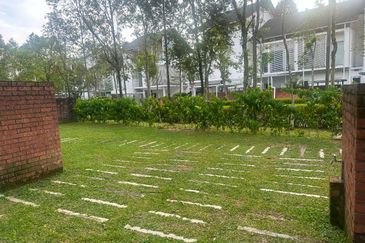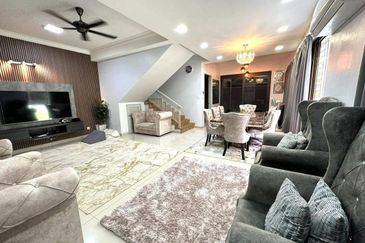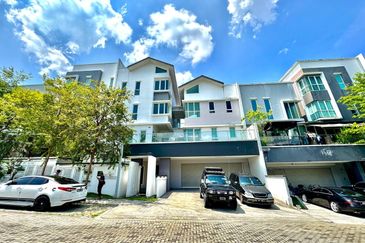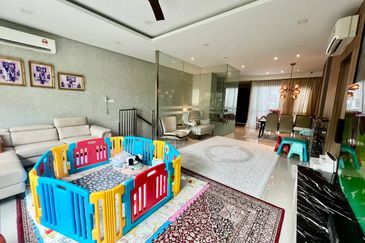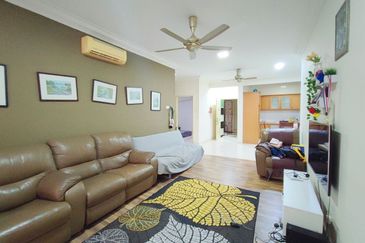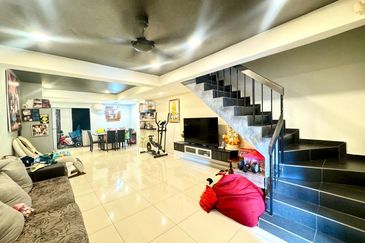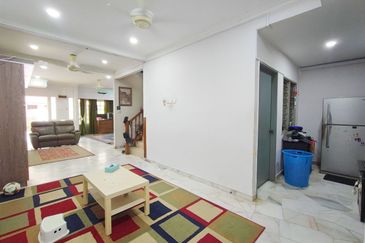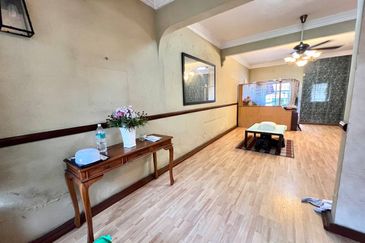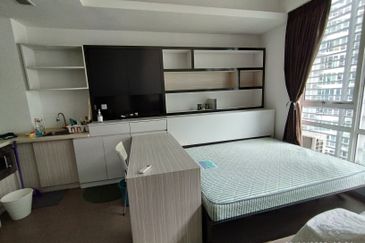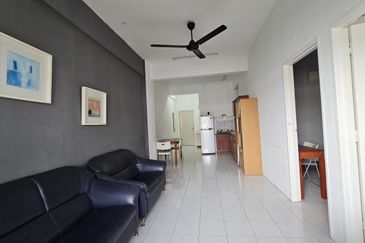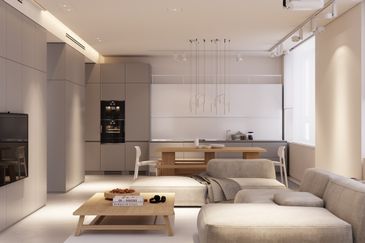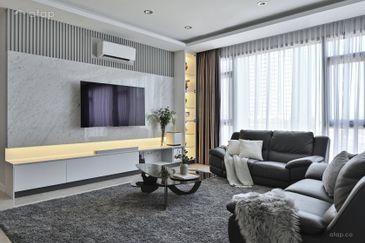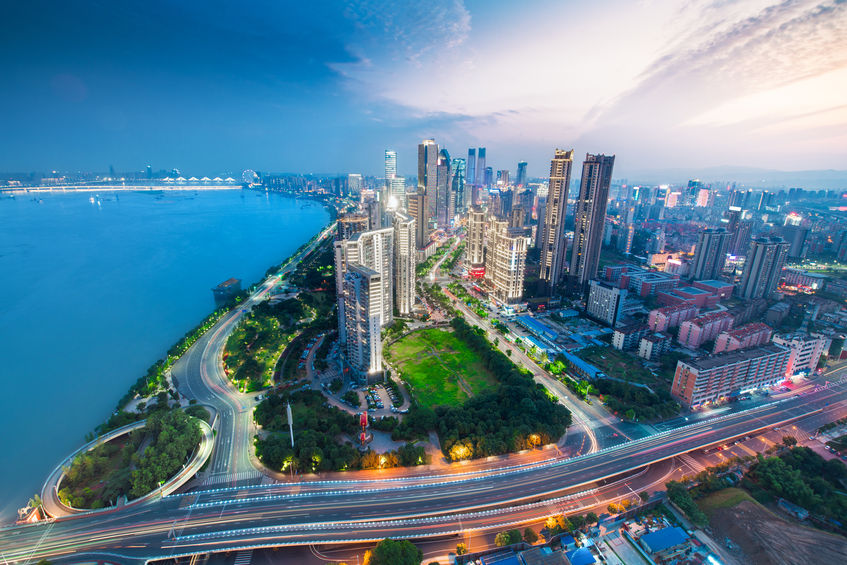
Shenzhen (Oct 25): In a move to stem its property prices from soaring beyond the grasp of ordinary folks like in Hong Kong, Shenzhen is introducing a new reform to its housing system.
The municipal government this week published a regulation stipulating that plots sold for subsidised housing should be priced at 30% to 40% of a benchmark land rate which it has just implemented across the city, reported the South China Morning Post yesterday.
Newly affordable homes in its downtown area, where the special economic zone originally was, will be capped at 50,000 yuan (RM29,601) per sq m (10.8 sq ft). In other areas, the ceiling price for affordable homes will be 20,000 and 30,000 yuan per sq m, reported the state-run Shenzhen Special Zone Daily.
The mega tech-city which links mainland China to Hong Kong has become a place with one of the most expensive properties when its average residential price increased more than 10 times to above 50,000 yuan per sq m between 2005 and 2015.
A 2017 survey conducted by Shenzhen Academy of Social Sciences, a state-run think tank, found that less than 50% of Shenzhen’s 2,000 workers hired by the many Chinese technology firms there, including Tencent and DJI, own a home in the metropolis.
Though technically illegal in China then, Shenzhen marked the beginning of China’s land-selling in 1987. Hong Kong professionals, notably Leung Chun-ying, the former chief executive of Hong Kong, who was then a property agent executive, played their roles in this initiation. The practice was later legalised across China, and over the last decades, the country's urban landscape has undergone a tremendous transformation under the hands of real estate developers.
As Shenzhen’s economy boomed, however, so did its social problems. Within the population of more than 12 million, house prices slipped beyond the grasp of its locals, especially young professionals and low-income groups.
The newly-dubbed model city’s government is aiming to construct at least 1 million units of affordable housing between 2018 to 2035, with the combined efforts of both the commercial and public sectors. This will translate to almost 60,000 units per year, which is a significant jump from its records of an average of over 40,000 units between 2016 and 2017, and 20,000 units from 2010 to 2015. Before 2010, a mere 2,000 units of affordable housing were provided per year.
For the five-year period from 2016 to 2020, the city government plans to build around 420,000 units of affordable houses, upping its preceding five-year goal.
The ambitious plan would entail the government to provide a total land area of around 34 sq km. Its goal is to set aside two-thirds of its total housing to be affordable public housing by 2035, to cater to its population.
The move reflects the Chinese leadership’s guidelines that “housing is for people to live in, not for people to speculate to gain profits”.
TOP PICKS BY EDGEPROP
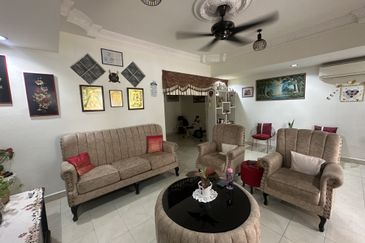
Bandar Kinrara 5
Bandar Kinrara Puchong, Selangor

Iris Apartment, Taman Saujana Utama
Sungai Buloh, Selangor
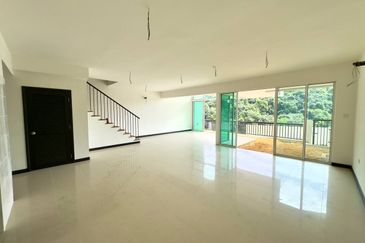
Armanee Terrace 2
Damansara Perdana, Selangor
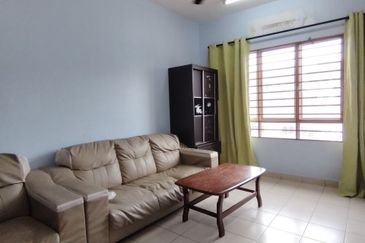
Pangsapuri Akasia, Bandar Setia Alam
Setia Alam/Alam Nusantara, Selangor


